Korčula: All destinations, advice & information for your holidays!
Long and narrow, the island of Korčula stretches off the southern Dalmatian coast. A lush, wooded hilly landscape characterizes the interior of the Croatian island, while the Adriatic coast delights with beautiful sandy pebble beaches. Look forward to a summer beach holiday with the family or plan an active holiday with many island excursions at any time of the year.
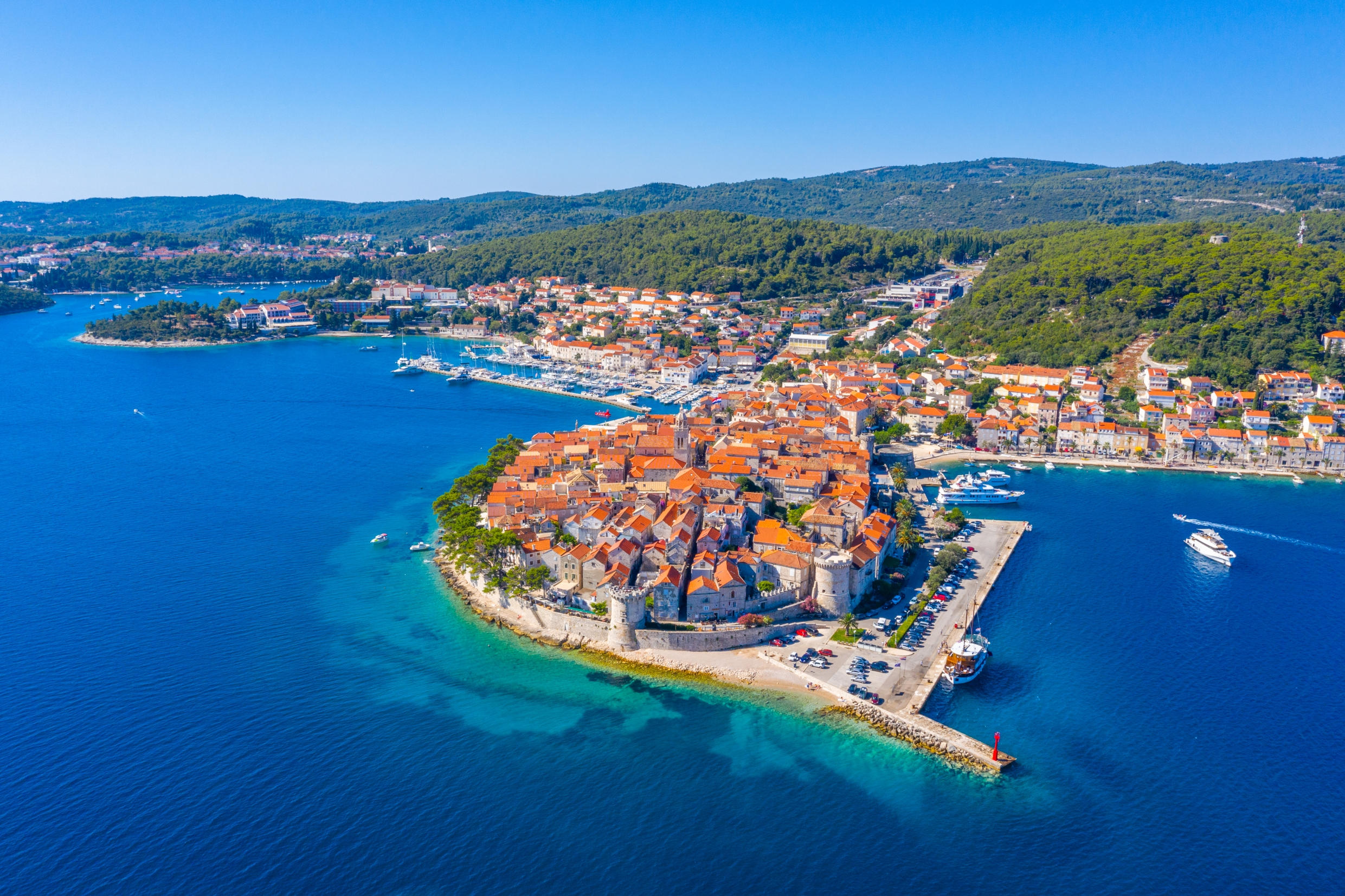
Table of contents
Korčula - Must-see attractions
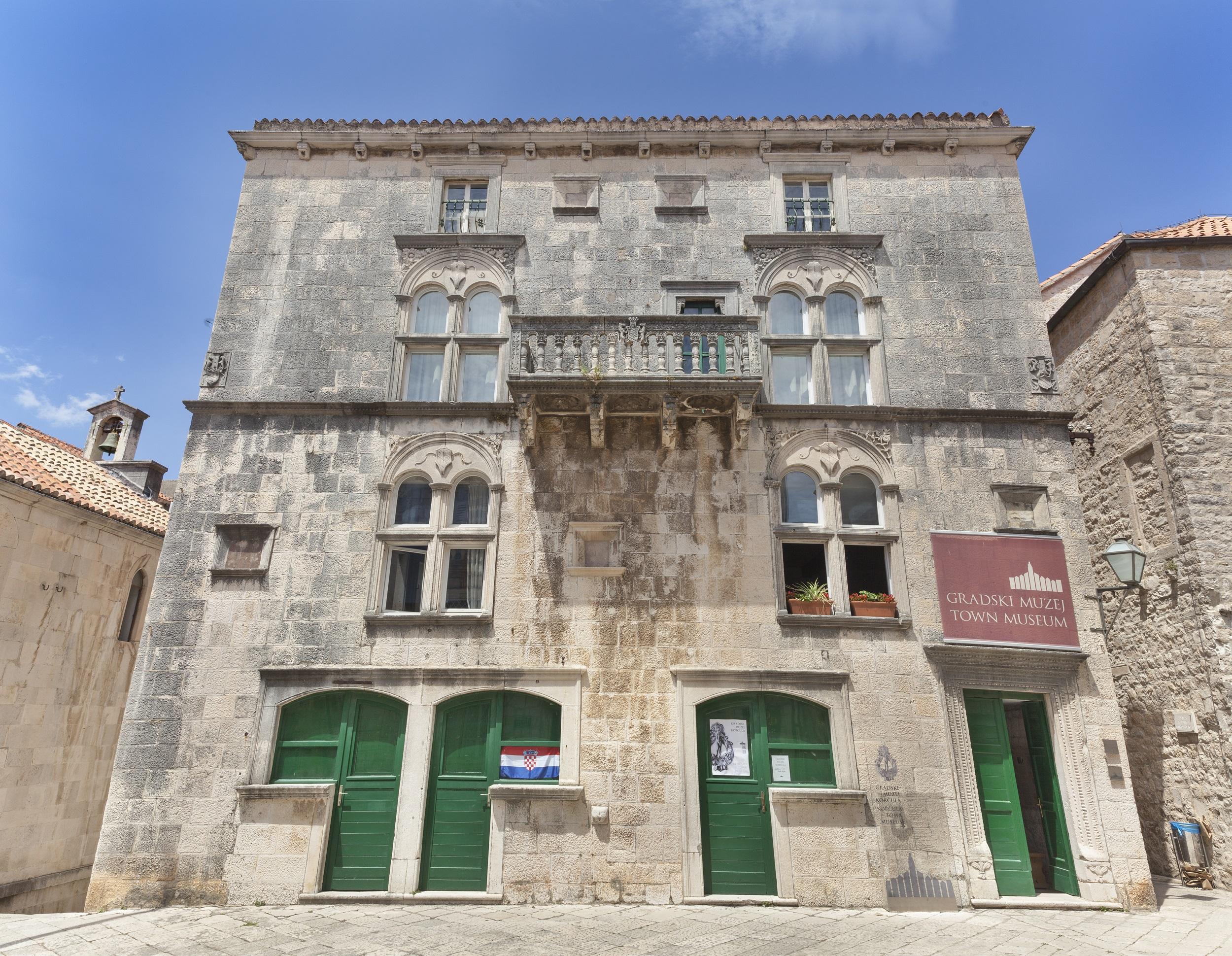
Korcula City Museum
In the center of the old town, astonished gazes are directed at the imposing Gabrielis Palace. In the rooms of the building, the city museum presents the refined residential architecture of the 15th and 16th centuries. Other collections depict the development of Korcula from prehistory to the present day. In the museum, you will also learn entertaining facts about important traditional crafts in the region, such as shipbuilding and stonemasonry. The house also displays everyday objects and artistic exhibits like the bronze knocker by Tiziano Aspetti and a piano from 1919.
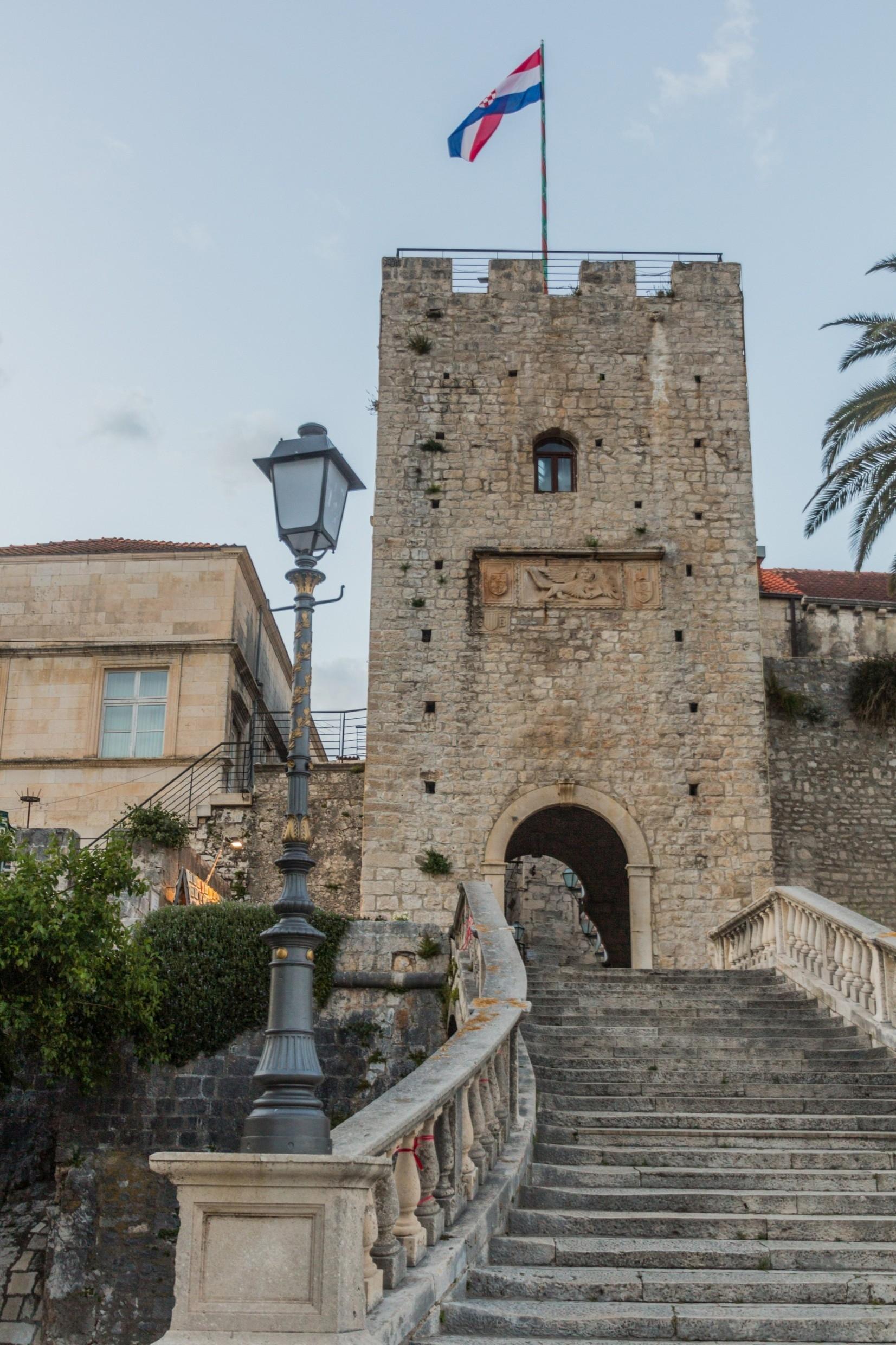
Korcula City Gate
In the far east of the island lies the town of Korcula, which is especially famous for its late medieval fortifications. The gate, reached by dozens of steps, was built in the 13th century and is now a prominent landmark. Architecturally, the Korcula Town Gate is reminiscent of the Venetian influences that were significant in the region during the Middle Ages and the early modern period. You can also enter the tower above the gate and enjoy a breathtaking panoramic view from there.
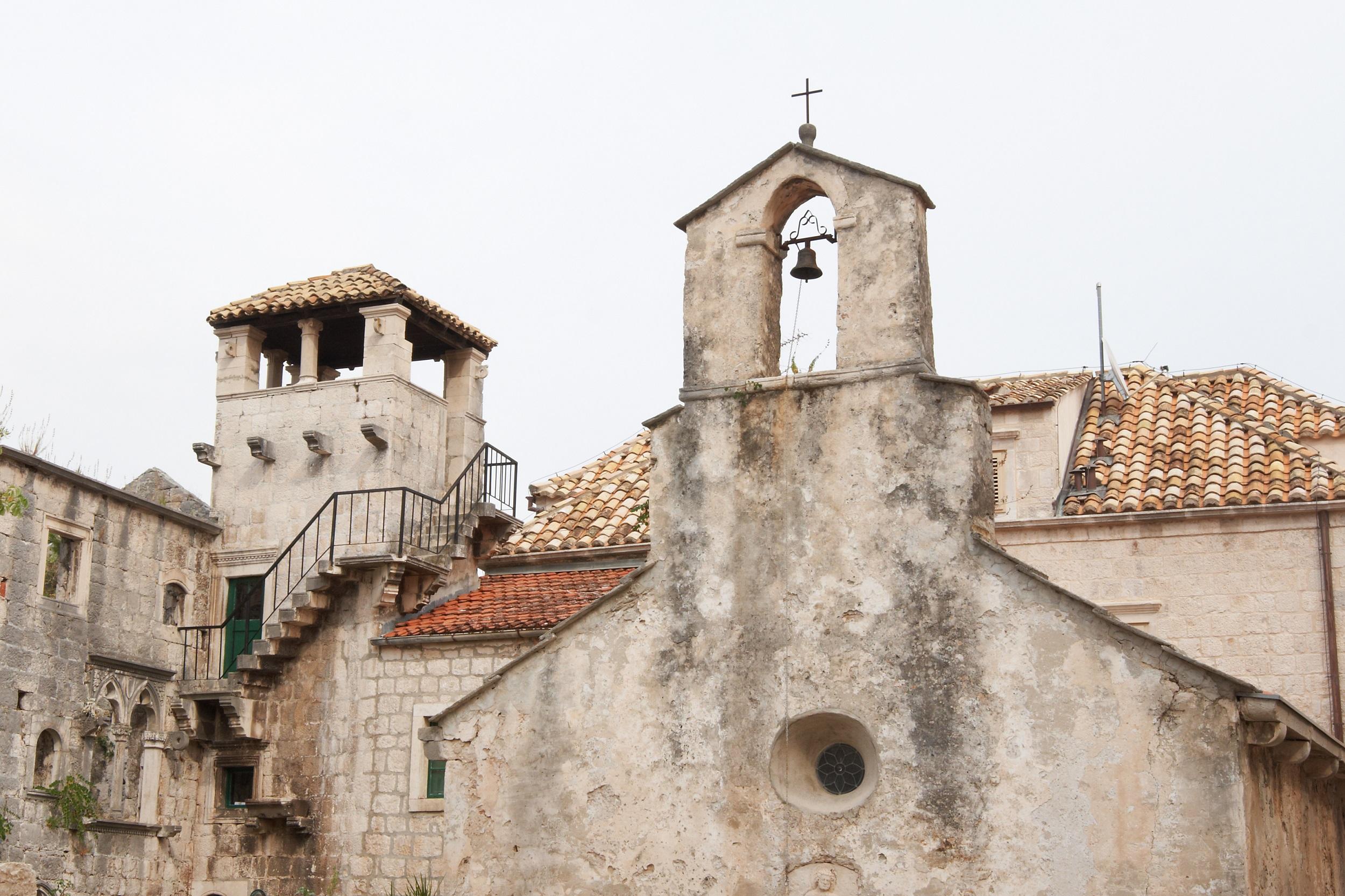
Marco Polo House
In the narrow cobblestone alley Ulica Depolo, Marco Polo's birthplace in Korcula can be found. Unfortunately, the house itself is no longer accessible, but visitors can climb a steep staircase to the tower of the building and enjoy the view from above. A memorial plaque on the house provides information in Croatian about its famous resident. The building is under the protection of the city administration and is to be transformed into a museum about the seafarer. Right next door, St. Peter's Church is another attraction of Korcula.
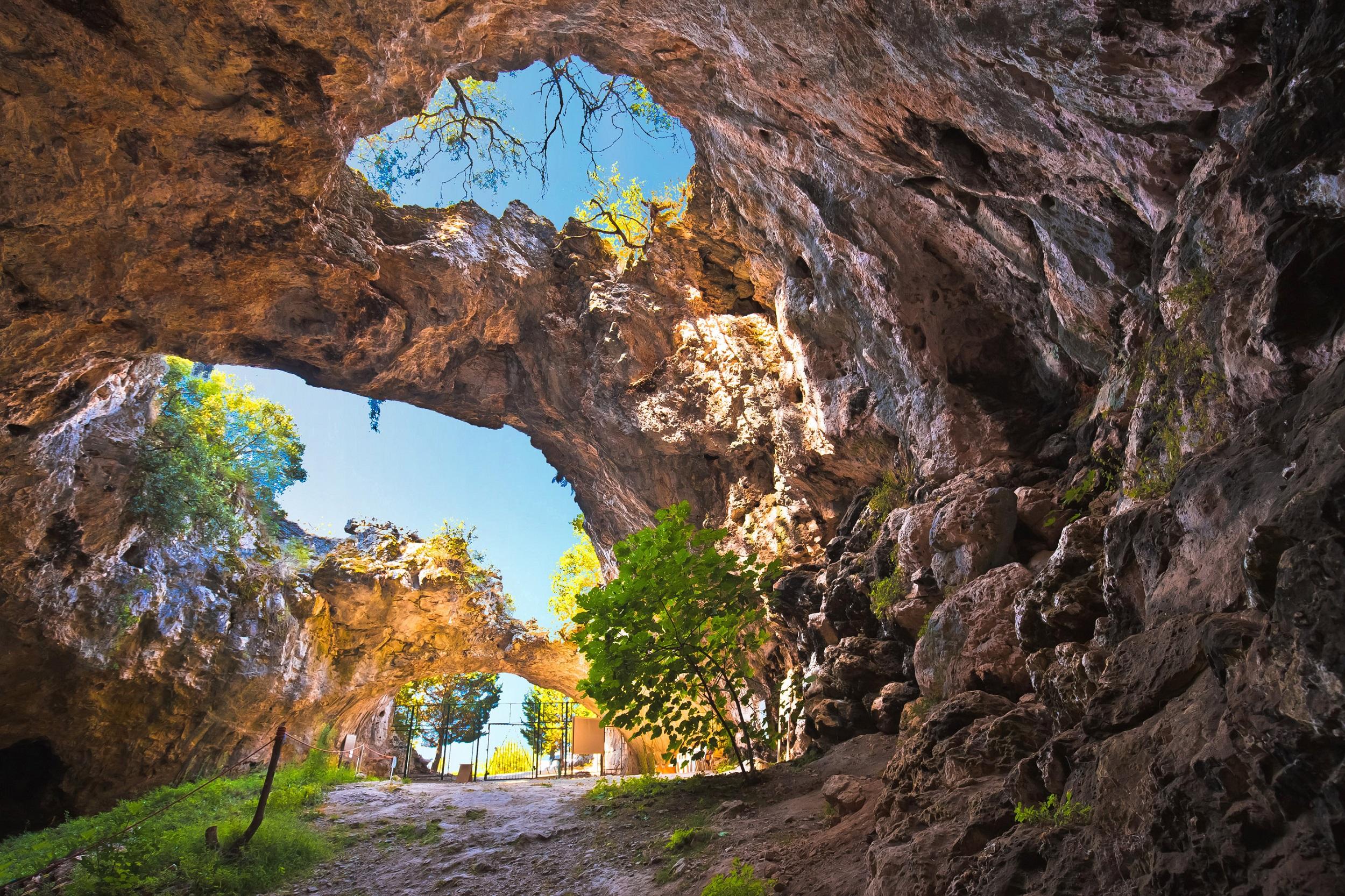
Vela Cave - Vela Luka
The path to Vela Spila offers vacationers breathtaking views over Vela Luka. The cave itself is spacious and elliptically shaped. Sunbeams enter through holes in the ceiling, making it a pretty photo subject. Information boards inform history-interested visitors about the cave, which was probably inhabited since the Stone Age. Excavations still take place here today, and archaeologists continue to make discoveries. There is an e-charging station for bicycles at the cave.
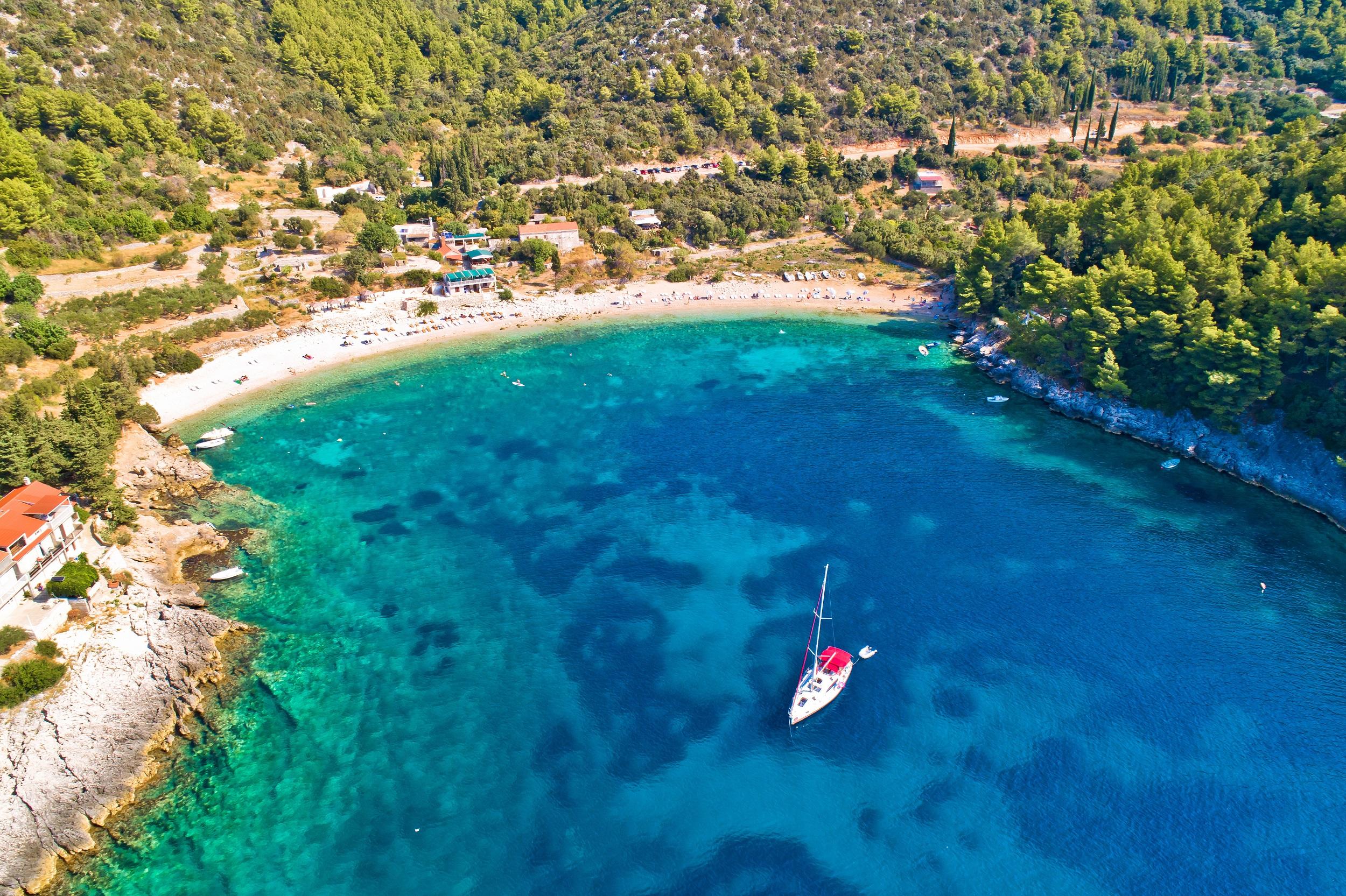
Pupnatska Luka Beach
You can quickly reach Pupnatska Luka Beach from the towns of Pupnat and Cara by car or with a long walk. Once you arrive at the coast, you can look forward to a dreamlike setting that offers spectacular photo opportunities. In the height of summer, the thermometer on Korcula climbs daily above 30°C, while it cools down pleasantly at night. The Adriatic promises a well-deserved refreshment and invites you to swim in the crystal-clear water. Even in the transitional seasons, the beach is considered a popular excursion destination.
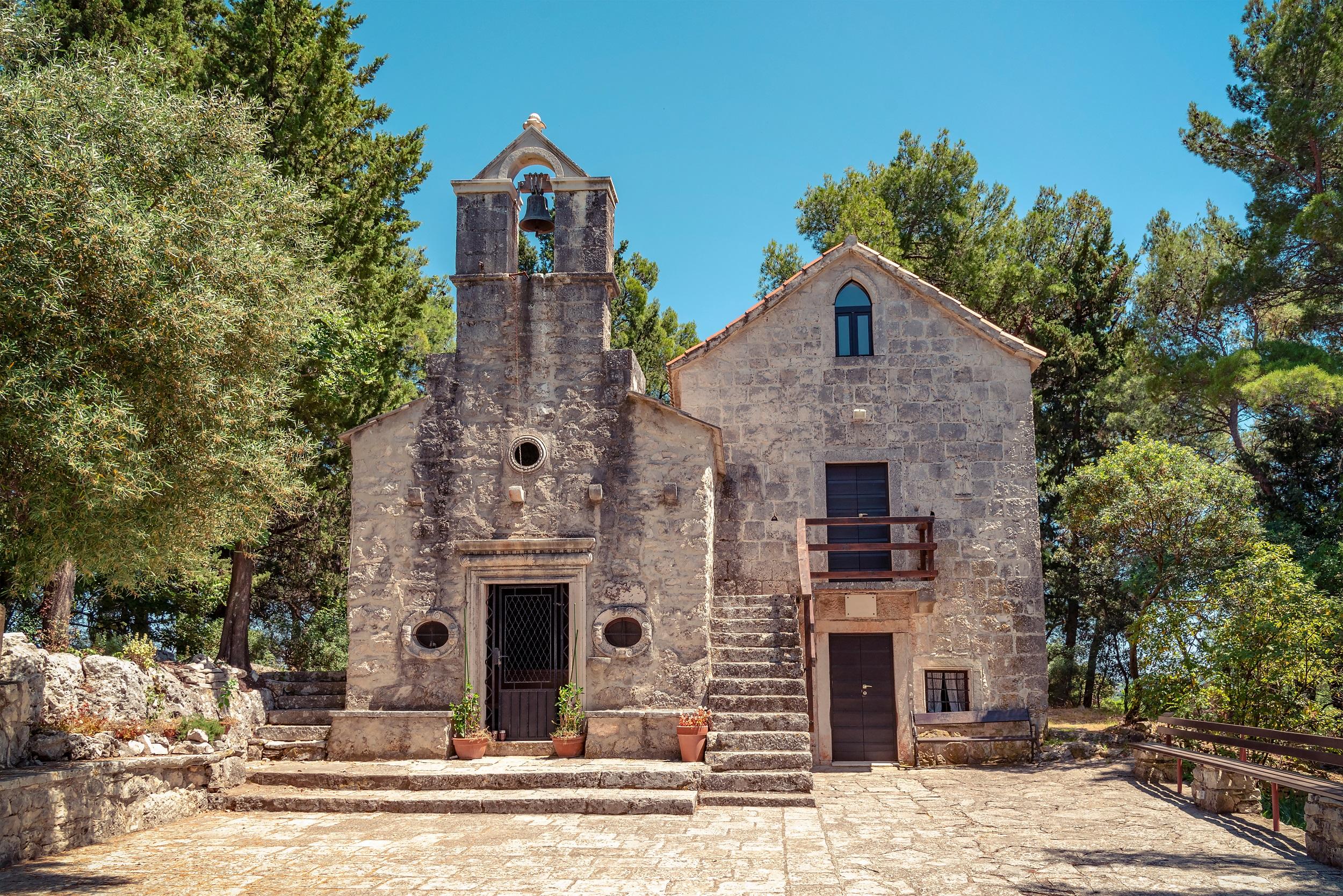
St. Antonius Church
The small church is made of solid stone and consists of two buildings. The altar area is open to visitors and believers. Right next to it, an external staircase leads to the former rectory, which is not accessible but offers an interesting photo opportunity. You can reach the Church of Saint Anthony on an extended walk along the east coast of Korcula. From the beaches or the harbor there, you walk up a total of 101 steps and pass through a forest of cypresses.